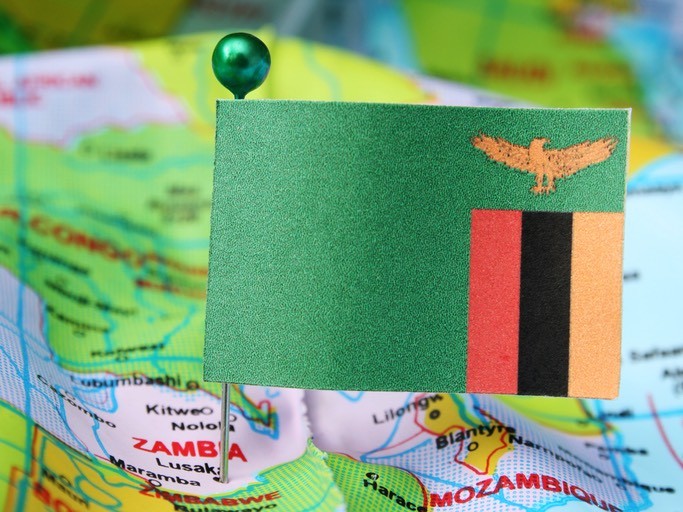The Government of Zambia launched its National Financial Inclusion Strategy, as well as its Financial Sector Development Policy, and Financial Capability Survey Report with support from the World Bank Group. The three documents will help strengthen the development of the financial sector in Zambia.
The strategy, policy and the survey report are a product of extensive stakeholder consultations with members of the public sector, private sector, civil society organizations, and academia led by the Government’s National Financial Inclusion Drafting Committee. The strategy will guide Zambia in its plan to achieve the universal access and use of a broad range of affordable financial products and services.
“Enhancing the financial sector will allow all Zambians to reap the full benefit of financial inclusion, said Felix Mutati, Finance Minister of Zambia. “It will enable individuals to use the right financial services to make plans and manage risk, and it will help firms gain access to affordable financing to help them facilitate innovation and growth, and create employment,”
Among the many challenges identified in Zambia’s financial sector, low financial capabilities and little willingness to use formal financial products and services are key to increase usage of formal financial services. In response to these challenges, the Government of Zambia requested the World Bank Group’s support in its efforts to increase financial inclusion. By launching the strategy, Zambia has joined more than 30 countries that have launch similar strategies.
“Financial inclusion is a priority for the World Bank for achieving universal financial access by 2020, and is vital to help overcome the challenge of eradicating extreme poverty and increasing shared prosperity,” said Paul Noumba Um, World Bank Country Director for Botswana, Lesotho, Namibia, South Africa, Swaziland, Zambia, and Zimbabwe.
The strategy’s implementation is expected to hit several targets by 2022, including: i) an increase in overall financial inclusion (formal as well as informal) from 59 percent now to 80 percent in 2022, and an increase in formal financial inclusion from 38 percent now to 70 percent then; ii) and improved physical access to high-quality financial services, including bank branches, agents, and ATMs, so that the number of financial access points will increase from approximately 7 to 10 per 10,000 adults.
The capability survey report launched alongside the strategy and policy reveals the relationship between financial capability and financial inclusion. One of the findings shows that Zambians with low financial literacy tend to be less financially included and to use more informal products than those with higher levels of financial literacy.


